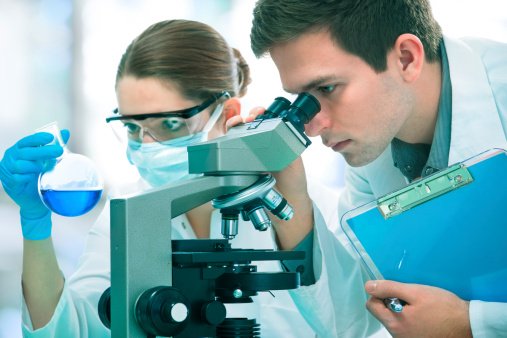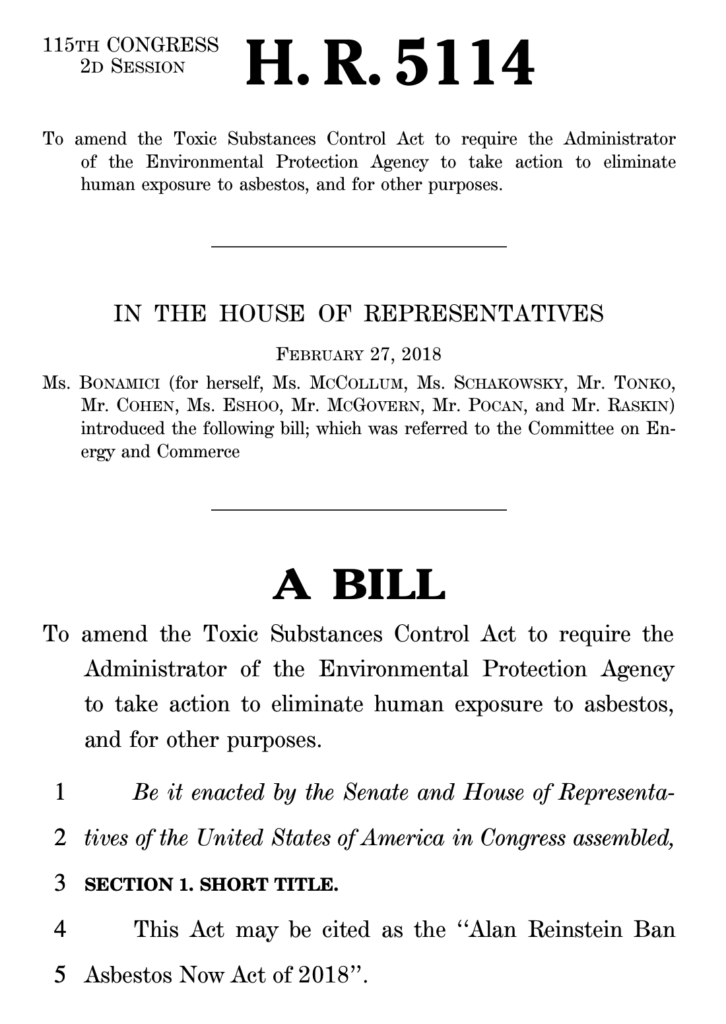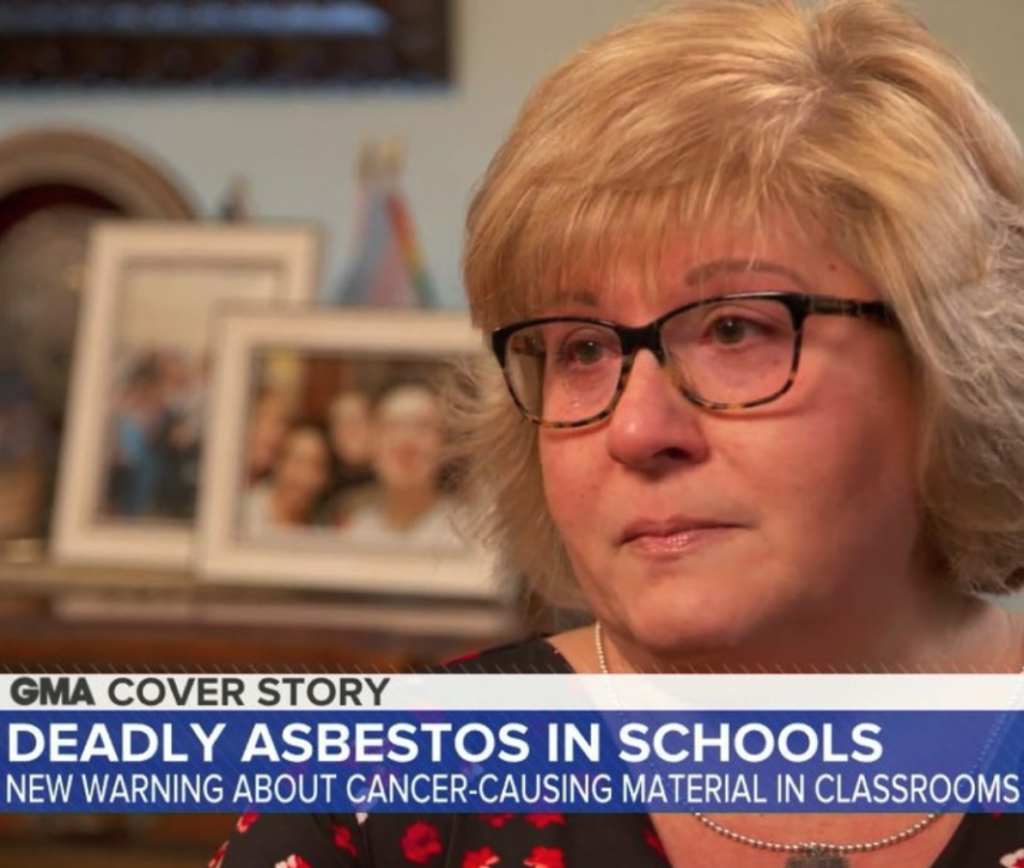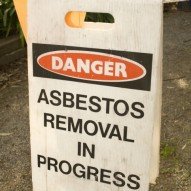New York University Named Official Asbestos Testing Site

A September article highlighted the work the New York public school systems are doing to ensure asbestos is cleared from the schools. However, regardless of the structure, anytime renovation, construction and demolition work is conducted, it is important that appropriate precautions are taken to avoid exposure to asbestos. Now, New York contractors have another place to turn for testing for contaminants at work sites: SUNY College of Environmental Science and Forestry.
The State University of New York announced on Sept. 19 that its Syracuse Asbestos Laboratory Testing Service (SALTS) received certification from the New York State Department of Health as an official testing lab for airborne fibers. According to the press release, SALTS staff will examine “filtered samples from air monitors at construction sites, schools or other structures for the kind of microscopic fibers that could indicate the presence of asbestos or other contaminants that would require special handling or remediation at the site.”
Asbestos is a building material that was widely used through the 1970s in hundreds of building products, including roofing materials, ceiling tiles and insulation. In 1989, the U.S. Environmental Protection Agency banned all new uses of asbestos due to the health risks associated with exposure to the mineral. However, almost every part of older buildings could potentially have asbestos-containing materials, requiring specially trained workers on-site to manage the hazardous materials. Asbestos exposure can cause serious health issues and has been directly linked to mesothelioma, a rare form of cancer.
According to Occupational Safety and Health Administration, asbestos-containing material is considered hazardous if it contains greater than 1% asbestos and is friable or may become friable during disposal. When asbestos materials become friable, meaning it can easily be crumbled, the fibers can become airborne leading to health risks. Anytime the structure of a building is compromised, such as when walls are torn down, the roof is replaced, or even a hole is drilled, dust is likely to escape. The dust may be toxic because of the presence of asbestos or other environmental hazards. That is where the SALTS team comes into play.
Most often, asbestos fibers are so small that they are not visible, but they can be detected via air quality tests. Air samples can be sent to the lab by companies planning to begin construction at a site, or by sites that have been shut down or had to halt renovation due to suspected toxins placing residents or workers at risk. SALTS not only benefits companies in their quick turnaround of the testing results, but the University is able to make money from their tests, and train and certify students at the same time.
Asbestos is designated as a human carcinogen and is known to cause lung cancer, mesothelioma and other respiratory diseases. Mesothelioma is diagnosed in close to 3,000 Americans each year. Symptoms of mesothelioma may not appear for between 15 and 60 years after initial exposure to asbestos. However, once symptoms become apparent, mesothelioma may rapidly progress to cause life-threatening complications. Currently, there is no known cure for the disease.
Need help with Asbestos-related cases? Our respected asbestos attorneys at Belluck & Fox, LLP will be happy to help you. Call or visit our locations in New York City and Woodstock today.



